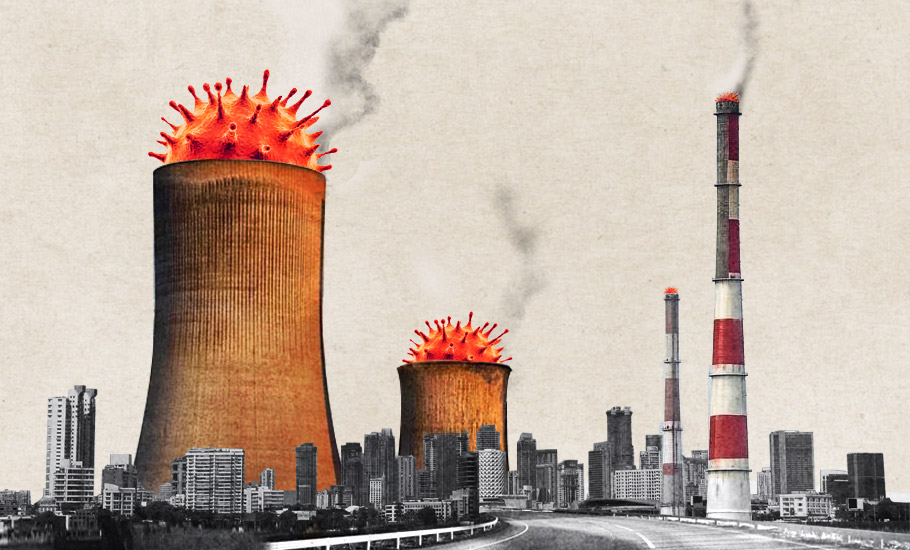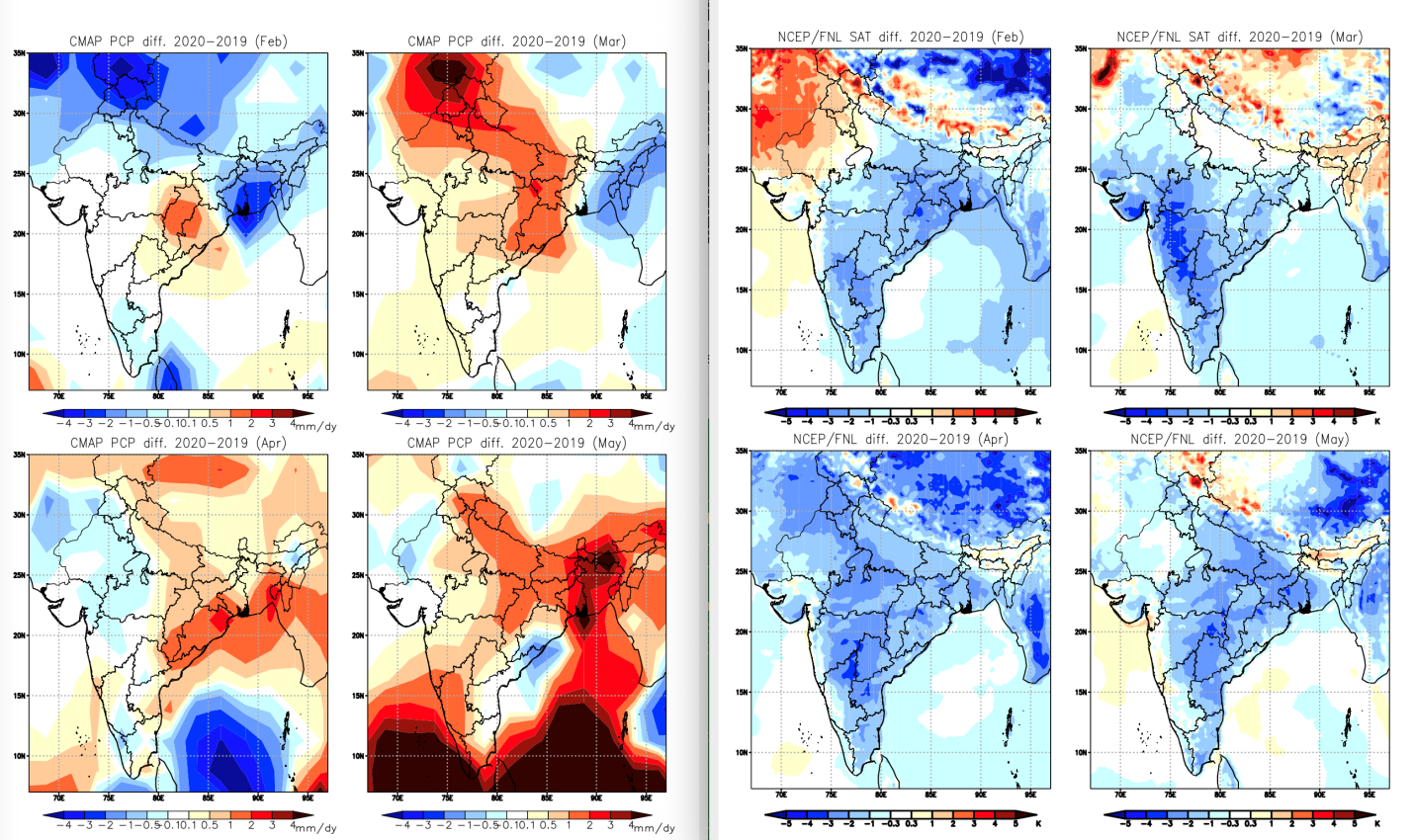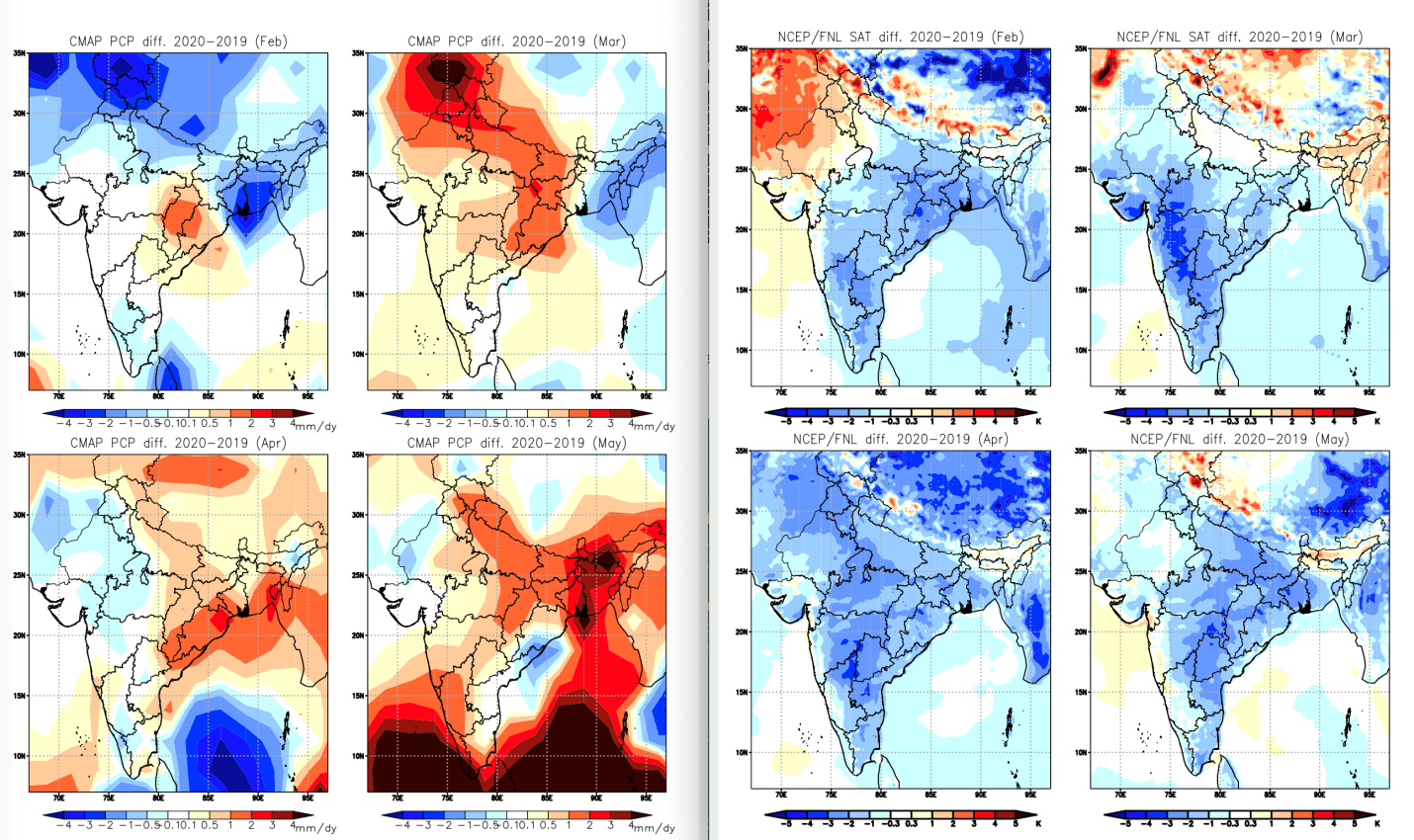
- Home
- India
- World
- Premium
- THE FEDERAL SPECIAL
- Analysis
- States
- Perspective
- Videos
- Sports
- Education
- Entertainment
- Elections
- Features
- Health
- Business
- Series
- In memoriam: Sheikh Mujibur Rahman
- Bishnoi's Men
- NEET TANGLE
- Economy Series
- Earth Day
- Kashmir’s Frozen Turbulence
- India@75
- The legend of Ramjanmabhoomi
- Liberalisation@30
- How to tame a dragon
- Celebrating biodiversity
- Farm Matters
- 50 days of solitude
- Bringing Migrants Home
- Budget 2020
- Jharkhand Votes
- The Federal Investigates
- The Federal Impact
- Vanishing Sand
- Gandhi @ 150
- Andhra Today
- Field report
- Operation Gulmarg
- Pandemic @1 Mn in India
- The Federal Year-End
- The Zero Year
- Science
- Brand studio
- Newsletter
- Elections 2024
- Events
- Home
- IndiaIndia
- World
- Analysis
- StatesStates
- PerspectivePerspective
- VideosVideos
- Sports
- Education
- Entertainment
- ElectionsElections
- Features
- Health
- BusinessBusiness
- Premium
- Loading...
Premium - Events

Lockdown slashed air pollution. Can we sustain the gains?
Experts opine that there can be sustainable unlocking and greening of economic revival to sustain the unexpected gains of the lockdown to whatever extent possible.

Looking back, the otherwise back-breaking lockdown due to COVID-19 that led to widespread chaos and suffering had one big upside. There was significant fall in air pollution across major cities in India, thanks to near-zero transport and industrial emissions. Considering that air pollution is the fifth major killer in India, that was an extraordinary outcome. There was yet another bonus...
Looking back, the otherwise back-breaking lockdown due to COVID-19 that led to widespread chaos and suffering had one big upside. There was significant fall in air pollution across major cities in India, thanks to near-zero transport and industrial emissions. Considering that air pollution is the fifth major killer in India, that was an extraordinary outcome.
There was yet another bonus too. There was a drastic fall in temperature across all meteorological regions in India. In many cities known for their scorching summer heat, there was no heat wave and the maximum temperature didn’t cross the 40 degrees Celsius mark.
The average fall in urban temperatures across North India and Deccan plateau region was to the tune of 5–8 degrees in different cities.
Considering that the countries were wrangling among themselves even to agree upon a Paris target of 2 degrees Celsius cap on temperature rise through CO2 emission control, and that too by 2030, this was nothing short of a miracle, albeit a short-term one.
But as with all miracles, these two phenomena were also short-lived. Things are back to square one once the unlocking started.
Pictures of haze and smog emanating from Delhi-NCR show that the nation’s capital has become unlivable again. The annual winter ordeal is back. September witnessed the season’s worst pollution levels in Delhi. Similar increase in air pollution was reported from many other cities, even from Chennai and Cochin down south.
But the lockdown cannot go on endlessly and forever. Nor can it be re-imposed just for the sake of cleaner air and lower temperature. However, there can be sustainable unlocking and greening of economic revival to sustain the unexpected gains of the lockdown to whatever extent possible.
And the country can always draw the right lessons from the unintended positive outcomes of the lockdown and plan for drastic measures to make such gains near-permanent even in normal times.
Of course, it may be impossible to attain near-zero transport and industrial emissions under non-lockdown conditions. But given the political will and right mix of policies, the nation can move closer to that.
What studies show
Study and prediction of environmental and climatic outcomes of very low emission levels have hitherto been possible only through simulation exercises of statistical modelling.
The lockdown was an unexpected rare historic opportunity in real life with the lowest possible—even if not near-zero—industrial and transportation emissions scenario.
Climate and environmental scientists galvanized themselves into action to make maximum out of this opportunity for their emission-impact studies. There was an explosion of atmospheric studies within an unprecedentedly short time.
One notable study was by Dr Prabir K Patra of Japan Agency for Marine-Earth Science and Technology (JAMSTEC) and other fellow scientists titled PM2.5 Dimunution and haze events over Delhi during the COVID-19 lockdown period: an interplay between baseline pollution and meteorology.
This study, published in the science journal Nature Scientific Reports in August 2020, led by Surendra K Dhaka of Rajdhani College, University of Delhi, analysed variations in fine particulate matter (PM2.5) measurements in the air over Delhi-NCR caused mainly by stubble burning, auto emissions and dust due to construction activity.
It revealed large reductions (by 40–70%) in fine particulate matter (PM2.5) during the first week of lockdown (25–31 March 2020) as compared to the pre-lockdown conditions.
In a subsequent webinar organised by Dr Patra jointly with Sachchida Nand Tripathi of IIT-Kanpur, it was observed that there are numerous ways through which the air quality standard of cities degrades, such as the change in meteorology, increase in natural soil dust, burning of crop residues in the neighbouring states, road transport and industrial activities. The contributions of the different processes vary significantly with seasons.
The indoor pollution exposure in India in general has been an additional cause of concern because it originates from cooking facilities where women spend more time than men in India.
WHO estimates that air pollution kills nearly seven million people worldwide every year. The Lancet Planetary Health Journal carried a study that attributed 12.4 lakh deaths in India to air pollution in 2017.
Against the backdrop of such alarming estimates, such studies and initiatives on air pollution contribute a lot to creating awareness and eliciting policy response.

In fact, even as the border brinkmanship between India and China was on, IIT Delhi joined hands with Fudan University of Shanghai and Shenzhen Polytechnic for a joint study which came up with a startling finding that if the low levels of air pollution reached during the lockdown period could be maintained during post-lockdown times, India’s annual death toll could reduce by 6.5 lakh. Compare this with the total pandemic toll of 114,610 in India as on October 19, 2020 and the kind of convulsions it created in public consciousness.
Fall in temperature and increase in rainfall
Not only reduction air pollution, the lockdown also brought about a sharp fall in temperature across Indian cities and increased the rainfall.
At the request of The Federal, Dr Patra designed data graphics on both the phenomena. Air pollution due to aerosols formed by bigger particulate matter and increase in greenhouse gases emissions is organically related to temperature rise and the entire discourse about global warming and climate change centres on that.
The aerosols of particulate matter absorb or scatter solar radiation before reaching earth’s surface and thus a reduction in particulate matter is expected to raise earth’s surface temperature by allowing more sunlight. Contrary to this, our experience during lockdown and scientific observations tells another story.
Worse, along with pollution, the unbearable high temperature forces the working population indoors during every summer in North Indian cities and there is an undeclared but self-imposed “lockdown” every year. The adverse economic impact of that goes without saying. So the fall in summer temperature this year was a great blessing.
Likewise, there was a rise in rainfall levels, and in a largely semi-arid Indian landscape, this was significant for farmers of the country.

Prof Jaya Khanna, a regional climatologist and professor in the School of Earth and Planetary Sciences, NISER, Odisha, told The Federal that the interface between the increase in aerosols and atmospheric temperatures is not a straight one-to-one correspondence and this relationship is mediated by several factors, and through proper intervention, the temperature rise can be moderated.
Prof Suneet Dwivedi, professor in Atmospheric and Ocean Science Department of Allahabad University, told The Federal that the conversion of fossil fuel vehicles into electric vehicles might bring new problems in its wake, like increase in electronic waste which is not biodegradable and would remain in the soil for thousands of years.
The scale of conversion is also not practicable and it might involve shutting down of existing automobile units and workers losing jobs. The best strategy according to him would be to improve refining to get quality petrol and diesel with negligible carbon emission the new technologies for which are available now.
Other scientists contacted by The Federal also opined that even if lockdown levels cannot be reached again at normal times, drastic comparable reduction in pollution and temperature levels are possible provided new region-based air quality standards and emission targets are set and another war launched on the emission control front.
In fact, the latest World Economic Outlook, October 2020, carries an entire chapter on ‘Mitigating Climate Change’ in which a sub-section is about How to Reach Net Zero Emission by 2050. This shows reducing carbon emissions to near-zero levels is not an utopian dream but practically feasible.
